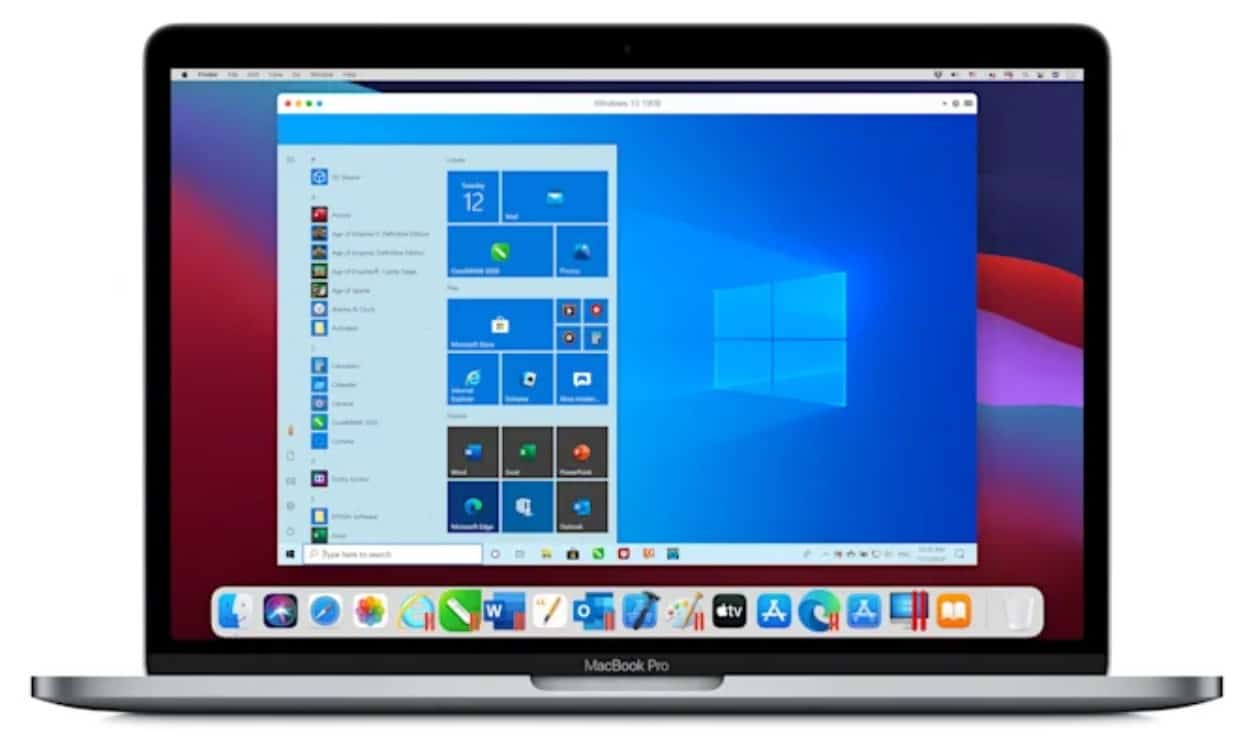Parallels, the company best know for its virtualization software that lets you run Windows and Linux directly on your Mac, has had a busy year. In addition to building a version of Parallels that can run on Chrome OS for the first time, the company also had to figure out how to quickly make its software work with the new, ARM-based M1 Macs that arrived last fall. Now, Parallels Desktop 17 is being released with improved performance on M1 Macs, as well as full support for the upcoming macOS Monterey and Windows 11 operating systems.
Before getting into these improvements, though, it’s worth taking a moment to talk compatibility. Apple moving the Mac to ARM architecture means there are now two classes of Macs for Parallels to support. As of today, the only versions of Windows that Parallels can run on an M1 Mac are the Insider Previews for Windows 10 and Windows 11 — because those versions of the OS are able to run on ARM-based hardware. But, Parallels unequivocally says that when the full version of Windows 11 is released to the public, it’ll run on Parallels 17.
On an Intel-baed Mac, however, users can still run a host of virtual machines, including Windows support all the way back to XP and Windows 2000, and macOS all the way back to 2011’s OS X Lion. It can also run eight different Linux distros; M1 Macs can only virtualize four right now, including Ubuntu and Fedora.
So while Intel Macs still offer the broadest compatibility, Parallels has found that the raw power of the M1 chip means users likely aren’t giving anything up running the Windows 10 or 11 Insider Previews. Microsoft’s built-in emulation for Windows means that Windows 10 Insider Preview can run almost any 32-bit x86 app as well as “many” 64-bit x86 apps, and the M1’s power helps to make up for speed lost due to emulation.
As for what’s new, Parallels has speed improvements across the board, whether you’re running Intel or M1. Regardless of which system you’re using, Parallels 17 resumes Windows and Linux up to 38 percent faster, while OpenGL graphics run up to six times faster than the previous version. M1-specific speed improvements include 20 percent faster disk performance when using Windows 10 Insider preview, while DirectX graphics should perform up to 28 percent better. These tests are all run by Parallels, and we can’t verify them yet, but improving performance has long been a focus for the company.
There are a handful of new features on board, as well. Parallels improved its “Coherence” mode, where you can run a Windows app without launching into the full Windows UI. Now, things like shutdowns, updates and sign-in screens are windowed as well, making them easier to pop into the background. The ability to drag and drop between Windows and Mac apps has been improved, as well — for example, you can now highlight and drop text and images between Mac and Windows apps, and it’ll work with the new Quick Note feature coming to macOS Monterey.
Parallels 17 also contains a virtual TPM (Trusted Platform Module) chip, which lets the system use BitLocker and Secure Boot when running Windows 10 and Windows 11. There’s an added layer of intrigue to this feature: Microsoft originally said that a computer with a TPM chip was a requirement for Windows 11 before backtracking (at least for the testing period). It’s not clear yet if the final version of Windows 11 will require a TPM chip, but this virtualization should let Parallels users get around this requirement.
As with most software these days, Parallels Desktop 17 is being sold as a subscription. The standard edition is $79.99 per year, and the pro edition costs $99.99 per year. If you’re on a subscription, you’ll get Parallels updates as long as the subscription is active. If you prefer, though, you can get a perpetual license of the standard edition Parallels 17 for $99.99; people who have purchased a past perpetual license can upgrade for $49.99.

